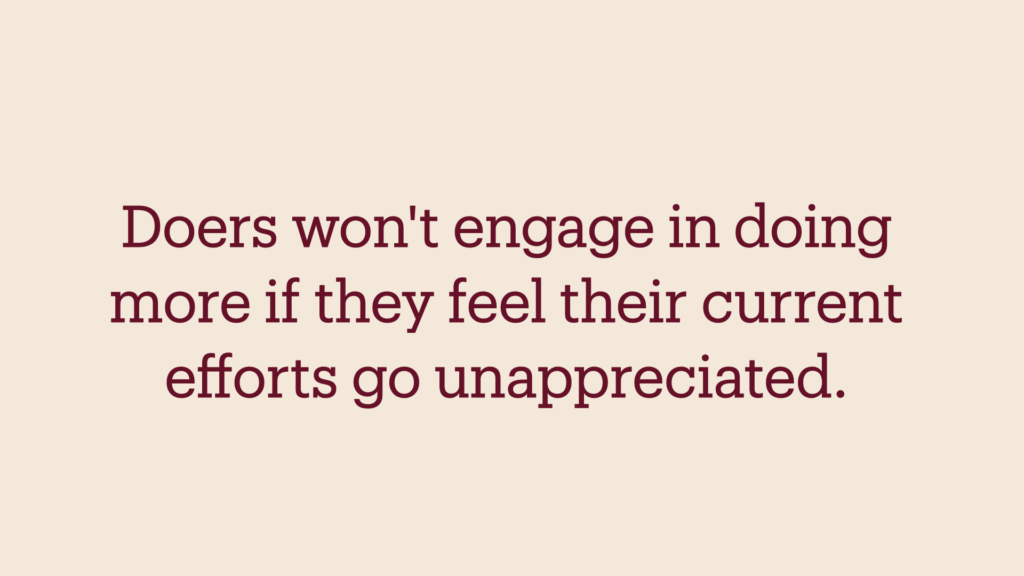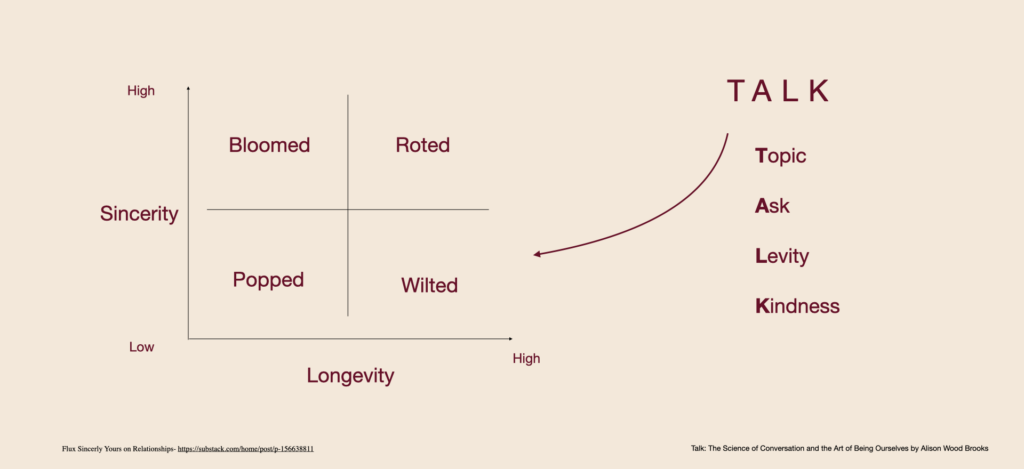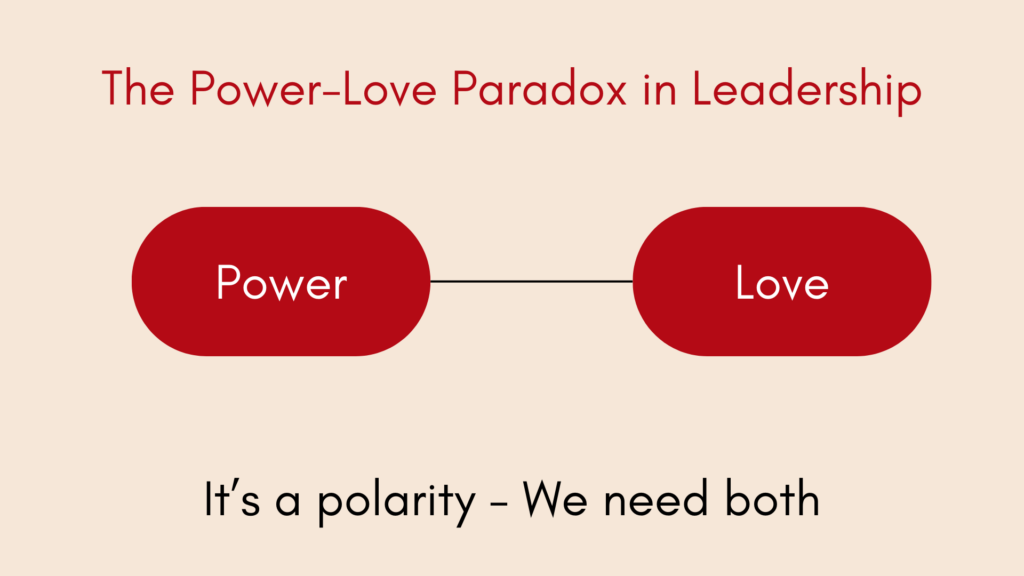Are you more of a thinker or a doer?
The reason I ask is because a recent Swedish podcast made me aware of this distinction in a way I have not thought about before.
This research identifies what may be the most significant chasm in modern organisations: the gap between “thinkers” and “doers.”
Here’s what happens:
Top executives (the thinkers) focus primarily on the future—next quarter’s targets, new product development, strategic pivots. Meanwhile, middle managers and frontline staff (the doers) are immersed in present challenges and reflecting on recent experiences.
The result? A profound disconnect where:
- Executives wonder why their managers lack enthusiasm for new initiatives
- Middle managers feel unheard and undervalued when sharing operational insights
- The organisation moves slower than it could, despite everyone working harder
The researcher offered a counterintuitive insight that resonates deeply with me: If leaders want to move faster toward the future, they must first focus more on the past and present.
The doers will never get enthusiastic about doing ‘more’ if they feel that what they are already doing is not appreciated.
This reminds me of Peter Senge’s observation that “the longest distance in an organisation is between what management measures and what the front line actually does.”
Top athletes understand this instinctively. They obsessively analyse yesterday’s performance—how their shoes felt, their breathing pattern, their recovery time—all to improve tomorrow’s results. They know progress requires this reflective loop.
The bridge across this gap isn’t complicated, but it requires something increasingly rare: presence. When executives are mentally preoccupied with future plans, their reports don’t feel truly “seen.” The connection breaks.
The solution lies in the quality of conversations. Great leaders engage in genuine dialogue with their teams—not to deliver instructions but to listen with curiosity and respect. When frontline workers feel genuinely heard about their current challenges and achievements, they become exponentially more engaged with future initiatives.
The paradox is beautiful: By slowing down to understand where we are, we ultimately move forward faster.
What’s your experience with this gap? Have you seen organisations where thinkers and doers are successfully aligned?
#Leadership #OrganisationalDevelopment #ExecutivePresence #ManagementInsights







